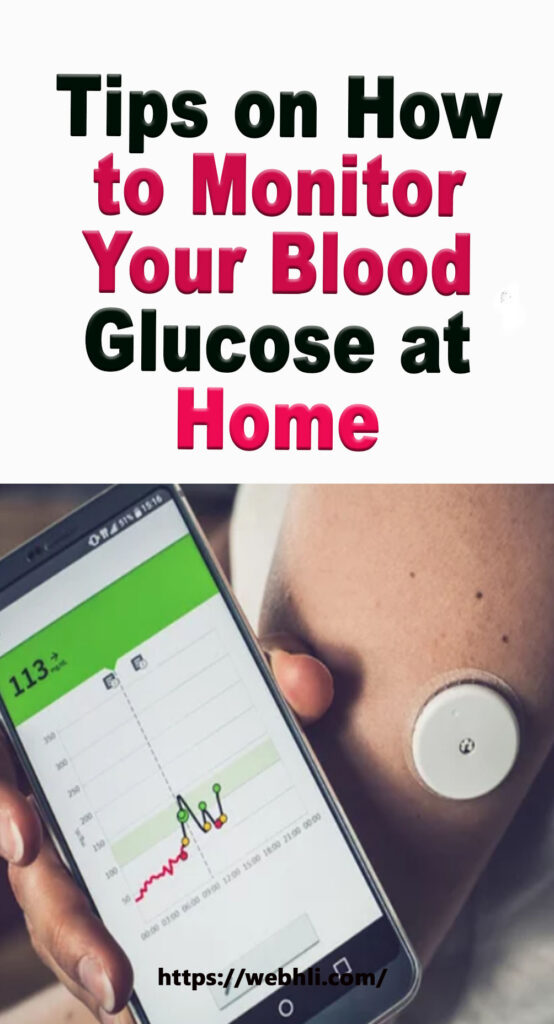
Is monitoring blood glucose levels at home something you are going to have to do for either yourself or a family member?
Monitoring blood glucose levels at home is part of the diabetes treatment that is advocated by physicians all over the world today in addition to the diabetes diet. Most physicians recommend that patients acquire a blood glucose monitor or a glucose meter and learn how to take a glucose test and glucose reading on a daily basis.
WHAT CAN YOU EAT IF YOU HAVE DIABETES
Good Energy Food for Diabetics
10 Simple Food Concepts Every Person Living With Diabetes Should Know
Making Cheesecake For Diabetics
Enjoy the Taste and Benefits of Diabetic Foods
Will The Mulberry Leaf Help Your Diabetes?
However, physicians caution that the accuracy of the glucose reading taken at home depends on the capabilities of the glucose meter and the way the glucose test is taken. So it is very important that the person using the blood glucose monitor reads the manual supplied with the glucose meter and follows the instructions faithfully. The test must be performed using the proper techniques and the meter should be properly calibrated.
Home glucose meters are considered to be accurate if their reading falls within a 20% + or - variance to the Lab analyzed blood sample. This is because the Lab tests are done on the plasma extracts of the blood sample and home glucose tests are done on whole blood samples. However, modern blood glucose monitors take care of the variance and calibrate their glucose reading to match with Lab readings up to 5% level of accuracy.
If the glucose readings are significantly low, look for signs of hypoglycemia or abnormal low level of sugar in the blood. The symptoms include lethargy, confusion, inattention, shakiness or coordination problems. Immediately give the patient something sweet to eat like honey. This is emergency diabetic treatment. Later check on the diabetes diet prescribed by the physician and discuss with him on what has gone wrong in the diabetes treatment.
If none of these problems of hypoglycemia are evident, then the test procedure may need to be checked for accuracy:-
- Check if the sample was large enough to cover the strip's test area completely.
- Check whether the strip has been handled and stored as instructed.
Some strips are sensitive in the sampling area and should not be touched while handling. The strips should be taken out from the box and the foil only a few seconds before using. If the strips are to be taken in a car, all effort should be made to ensure that they are not exposed to high temperatures or humidity. Check the expiry date on the strip. Use the strip with the prescribed meter only and ensure that the code from the strip container matches the number coded into the machine. You could get incorrect readings for the following reasons:-
- The glucose meter is dirty
- The meter had been dropped on the floor or from a height and damaged.
- The glucose meter is stored in high temperature conditions.
- The solutions that come with the blood glucose monitor could have expired.
Despite all precautions and faithful adherence to the instructions contained in the manual, if your meter continues to give you an erroneous reading, call the manufacturer.
Monitoring blood glucose levels at home is not very difficult but it must be remembered that glucose meters become less reliable over time and must be checked thoroughly before use. The new models of blood glucose monitors are easier to use and more foolproof. The test strips require only a small drop of blood and are corrected to plasma values. The results are easier to understand and compare with the results from the lab. Built-in memory for storing results and faster test times make these meters very attractive.
Patients using glucose meters to record the glucose reading as part of their daily diabetes management should learn how to maintain the results of the tests and how to record them:-
- Glucose test and glucose readings must be set down on paper along with the time and date and details of the dose of medication taken.
- Details of food intake, exercise and difficulties with the illness should also be recorded.
- Stress should also be recorded whenever applicable.
This method helps the health care professional identify daily patterns and make necessary medication adjustments to the diabetes treatment and diabetes diet.
Check out these related articles, too:
How Lemon and Lemon Water Can Help Reverse Diabetes
Urinary Tract Infection Home Cure
Control Your Diabetes Better With These Helpful Tips
Gastroparesis - A Challenge to Control
Blood Sugar Control and Diet - A Plan to Reverse Diabetes
Diabetes Natural Home Remedies – Worth a Try?
Can Magnesium Prevent Diabetes?
Zinc Shown to Promote Insulin Production In Diabetics
Michael Jennings has a special interest in diabetes and invites you to find out how to manage diabetes naturally through diet [http://www.treat-diabetes-naturally.com]. He also supplies up-to-date information on blood glucose monitors [http://www.meters-blood-glucose.com] and diabetes to help you in the management of your condition.
Article Source: http://EzineArticles.com/367644


 Protected by Patchstack
Protected by Patchstack